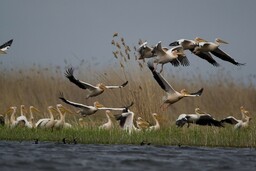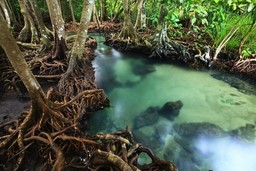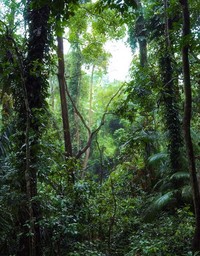14. Nature must be protected
Contents
14.1 The significance of biodiversity
Over the course of the Earth's long history, a great variety of living organisms has developed on the planet.
The total number of species of living organisms can only be estimated. Currently, approximately 2 million species of living organisms have been discovered and named. However, new species, especially invertebratic animals, are discovered every year, especially in the tropical rainforests.
The planet's biodiversity is threatened by human activity. Forest clearing, agriculture, fishing and climate change are all factors that put the survival of the planet's diverse flora and fauna at risk of extinction.
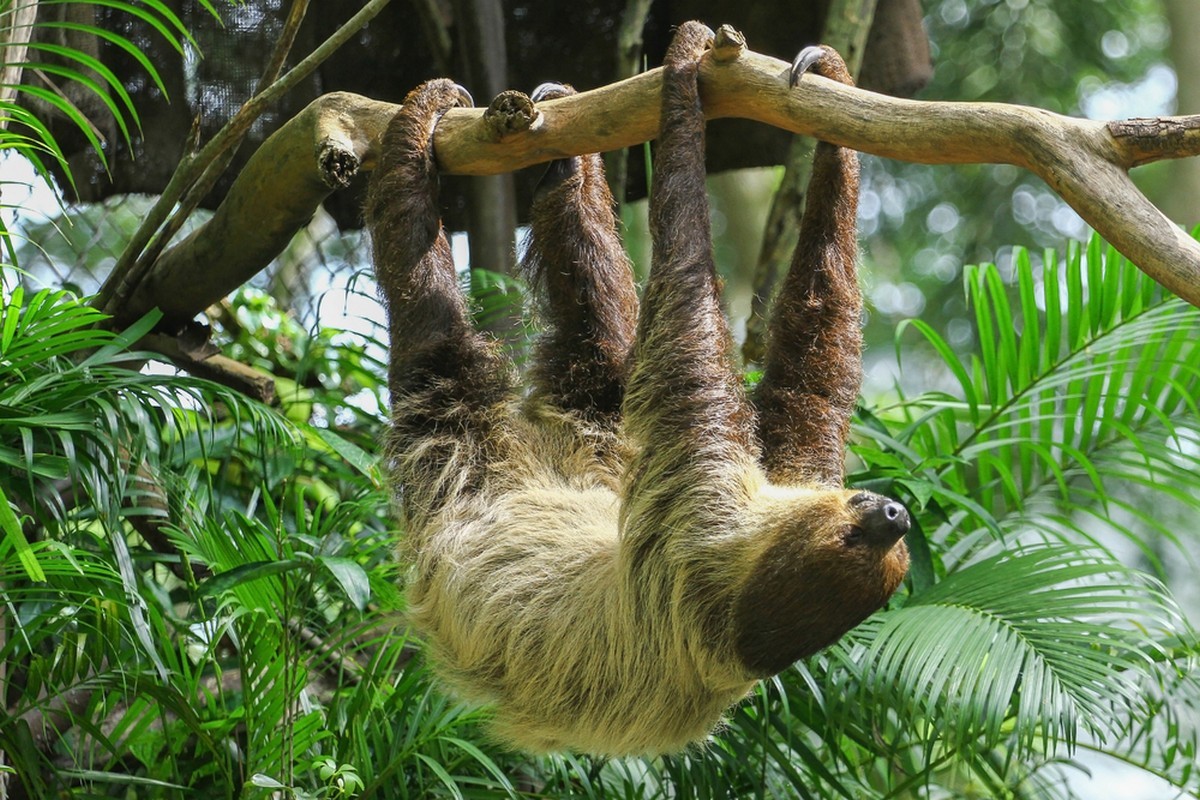
The sloth is an animal species that lives in the tropical rainforests.
Human activity reduces the planet's biodiversity both directly and indirectly. Global biodiversity is threatened most significantly by the destruction of tropical rainforests and climate change. The most endangered ecosystems are tropical rainforests, wetlands, coral reefs and isolated oceanic islands.
Conserving the planet's biodiversity is important. Humanity benefits from biodiversity in a variety of ways. Most importantly, humans use many plant and animal species as their source of food. Another significant factor is that the active ingredients of many types of medicines are only found in nature.
The importance of biodiversity conservation is best understood when considering the importance of biodiversity for human activity and thinking about it as a renewable natural resource. Human life is dependent on the continued existence of these natural resources. An example of the importance of living organisms is pollinator insects, which are necessary for the development of fruits and berries.
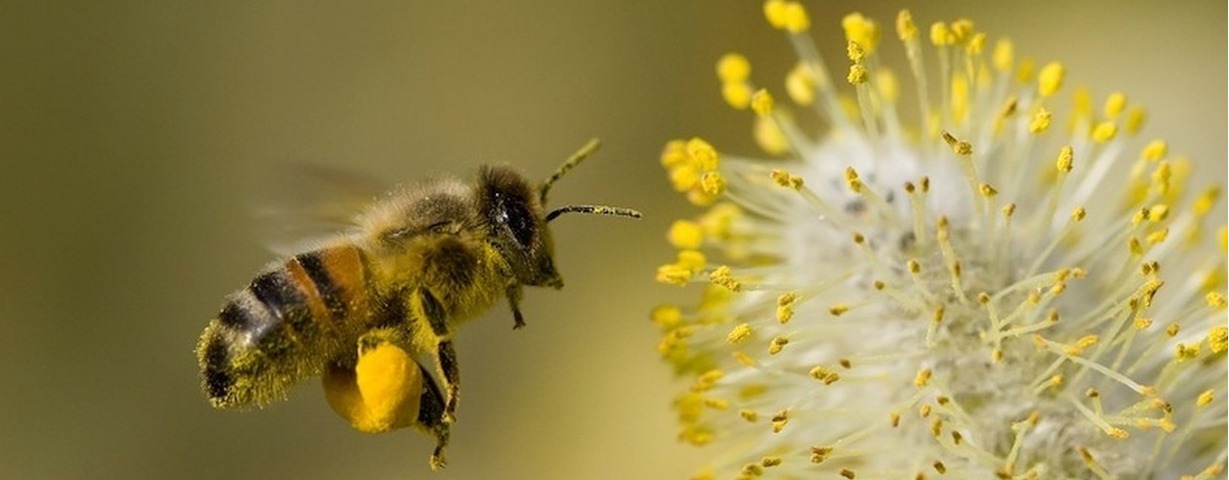
The activity of pollinator insects is an example of an ecosystem service. If all pollinator insects would suddenly die out, foods such as berries and fruits would cease to develop. This is why conserving the diversity of our planet's species is vital to human existence.
Gallery: Endangered ecosystems
14.2 Differences in biodiversity
Different regions on planet Earth have different levels of biodiversity. Different ecosystems are home to different organisms that have adapted to the specific conditions of their ecosystems. Different ecosystems also accomodate different levels of biodiversity.
Biodiversity hotspots.
Some regions of the planet (such as the island of Madagascar) accomodate exceptionally high levels of biodiversity. These kind of regions are called biodiversity hotspots.
Biodiversity hotspots are mostly found in the tropical and subtropical geographic zones. Many biodiversity hotspots are located in isolated oceanic islands, such as the Galapagos islands and the Hawaii islands. These areas have developed their own, unique species that are not found anywhere else on the planet. Such species are called endemic species.
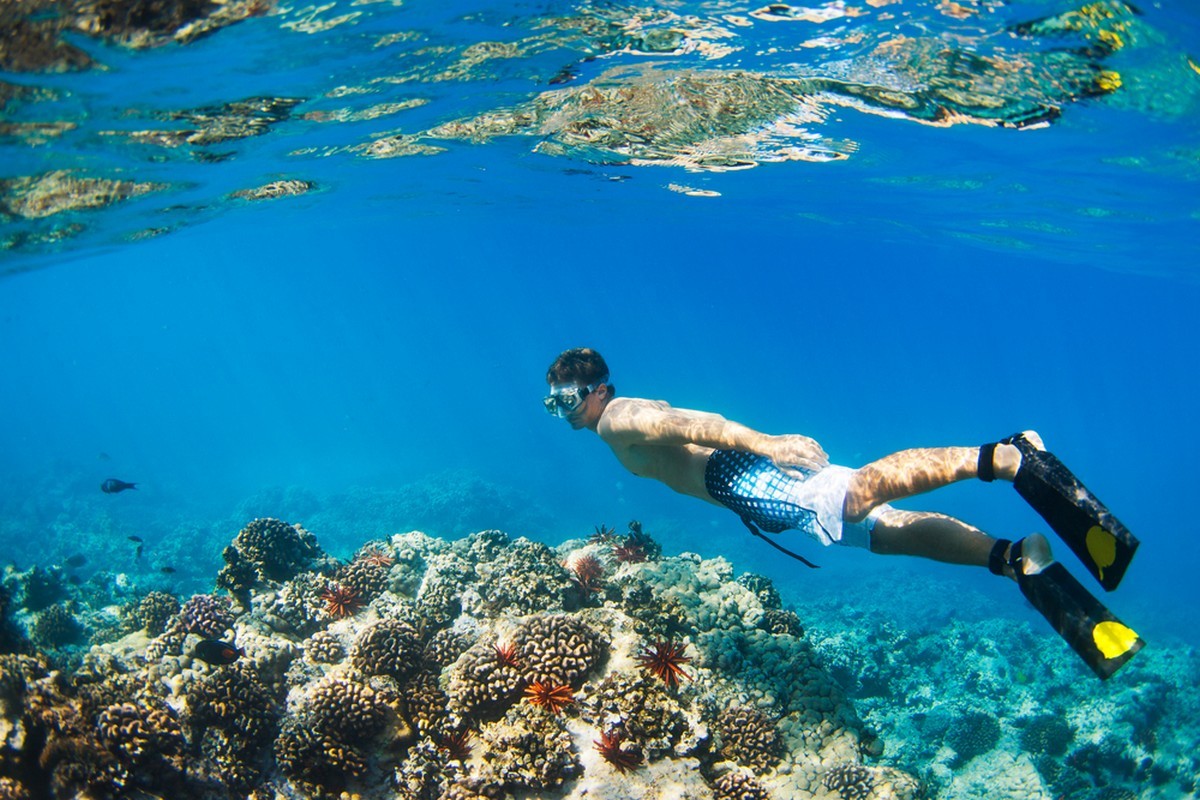
The islands of Hawaii are one of the biodiversity hotspots of planet Earth.
14.3 Coral reefs
Coral reefs are found in the shores of the Indian and Pacific Oceans. They are also found on the shores of the tropical and subtropical zones, such as the shores of Australia, the Caribbean Sea, and the Red Sea.
Although coral reefs only cover approximatly 0,1 % of the total surface area of Earth's oceans, they are home to a majority of Earth's marine animal species.
Many species of fish, crustaceans, and invertebrates are only found in coral reef ecosystems. Because of their diversity, they are often called the ”rainforests of the oceans”.
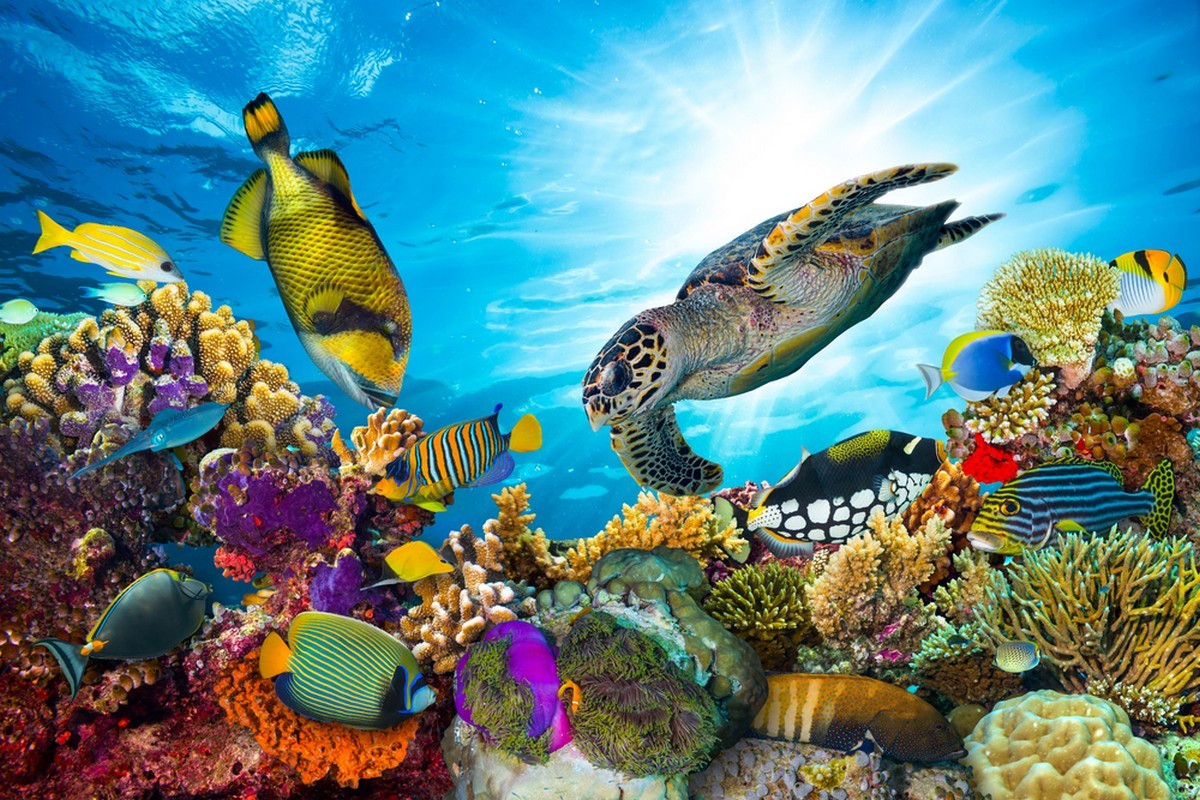
Coral reefs provide food and shelter to many rare fish species. Coral reefs are also economically important due to the fishing and tourism they attract.
Coral are demanding invertebratic organisms that need plenty of warmth and light, as well as water that is rich in both salt and oxygen. If these conditions change, coral reefs disappear rather quickly.
The rising sea levels and increases in water temperature caused by climate change threaten the existence of coral reefs. As sea levels rise, less light will travel to the coral reefs on the bottom of the sea. This causes corals to grow slowly and to lose their beautiful colours. Marine pollution and gathering coral as souvenirs also threaten the existence of coral reef ecosystems.

14.4 Tropical wetlands
The most diverse wetland ecosystems include the mangrove forests of tidal shores and river deltas. The low mangrove forests have adapted to daily changes in water levels and provide protection for spawning and growing fish.
Wetlands are beneficial for humans, as well. People living near these areas depend on wetland fishing for their livelihood. Wetland vegetation also protects the shoreline from erosion.

The mangrove forests of tidal shores provide a safe habitat for various fish species.
Summary
 The level of biodiversity, or the variation of species, is different in various parts of planet Earth.
The level of biodiversity, or the variation of species, is different in various parts of planet Earth.- Regions with exceptionally high levels of biodiversity are called biodiversity hotspots.
- The planet's biodiversity is threatened by human activity and climate change.
- The endangered ecosystems of planet Earth include rainforests, wetlands, and coral reefs.
